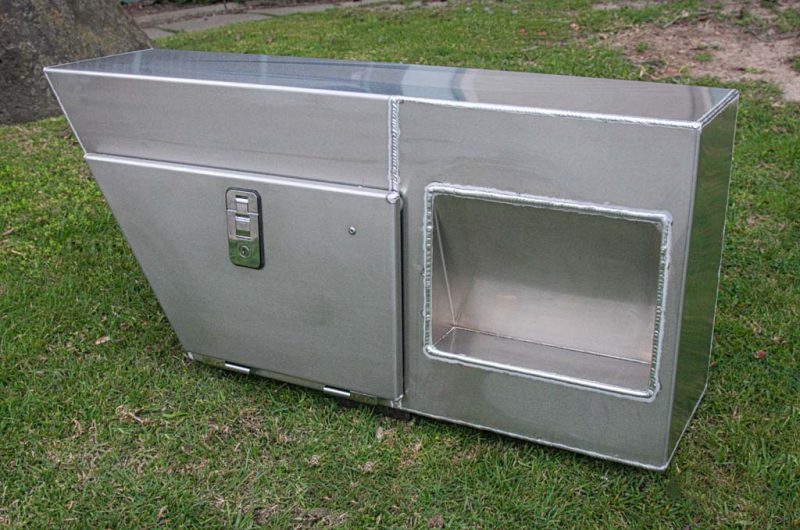Aluminium Fabrication: Common Post-Completion Issues and How to Mitigate Them
26 November 2024
Aluminium fabrication projects can face post-completion issues like corrosion and warping. Learn how to prevent these problems and ensure long-lasting quality.
Aluminium fabrication is a critical industrial process that transforms this versatile metal into various components and structures, prized for its lightweight nature and corrosion resistance. Despite its numerous advantages, the fabrication process can result in several post-completion challenges if proper techniques and precautions aren’t followed. Understanding these potential issues and implementing the right preventive measures is essential for manufacturers to ensure their aluminium products maintain high quality and longevity.
Here are some of the most common post-completion issues you may encounter when carrying out aluminium fabrications:
1. Corrosion
Aluminium is naturally corrosion-resistant due to the protective oxide layer that forms on its surface. But, under certain conditions, this layer can be compromised, leading to corrosion. This happens when aluminium comes into contact with dissimilar metals. It is then accelerated when exposed to moisture, salt, or harsh chemicals.
To prevent corrosion from happening, you should use protective coatings like anodising or powder coating to reinforce the aluminium’s natural resistance. You must also use non-conductive spaces or coatings when aluminium is in contact with other metals to ensure proper isolation.
2. Warping and Distortion
Compared to other metals, aluminium is more prone to warping and distortion due to its higher thermal expansion rate and lower melting point. Post-completion issues often arise when fabricated aluminium parts are exposed to extreme temperature changes or if insufficient care is taken during welding or machining.
You can prevent warping by employing proper welding techniques like using heat sinks or carrying out controlled welding sequences. You can also use mechanical fasteners rather than welding where possible, particularly for parts subjected to thermal stress. You must also allow sufficient cooling time during fabrication and avoid exposing parts to rapid temperature changes.
3. Weak Welds
Weak welds are a common issue in aluminium fabrication due to the metal’s relatively low melting point and high thermal conductivity. Poorly executed welds can result in cracking, inadequate joint strength, and ultimately, structural failure.
You should take advantage of welding techniques designed for aluminium, such as TIG (tungsten inert gas) or MIG (metal inert gas) welding, to achieve stronger, more consistent welds. You must also ensure that the aluminium surfaces are thoroughly cleaned before welding to prevent contamination, which weakens the weld.
4. Surface Finish Defects
Post-completion issues like scratching, pitting, or uneven finishes may hinder aluminium components from achieving a quality appearance. Some notable causes of these issues include improper material handling during transportation and inadequate finishing processes.
You can prevent surface finish defects by applying a protective layer or film to the aluminium surface after fabrication to shield it from damage during handling and transport. You can also apply polishing, brushing, or sandblasting to achieve your desired surface quality.
5. Dimensional Inaccuracies
Dimensional inaccuracies can occur if aluminium parts shift during fabrication or if measurements are not precise. These inaccuracies can lead to problems during assembly or installation, resulting in costly rework or delays.
If possible, you should employ precision cutting and machining techniques through CNC (computer numerical control) machines to ensure accuracy. You must also use proper clamping and fixturing techniques during welding and machining to keep aluminium parts in place and maintain dimensional integrity.
Canfred Engineering has been providing aluminium fabrication services for years, providing high-quality aluminium products to meet the needs of Australian clients.
Optimized by: Netwizard SEO

